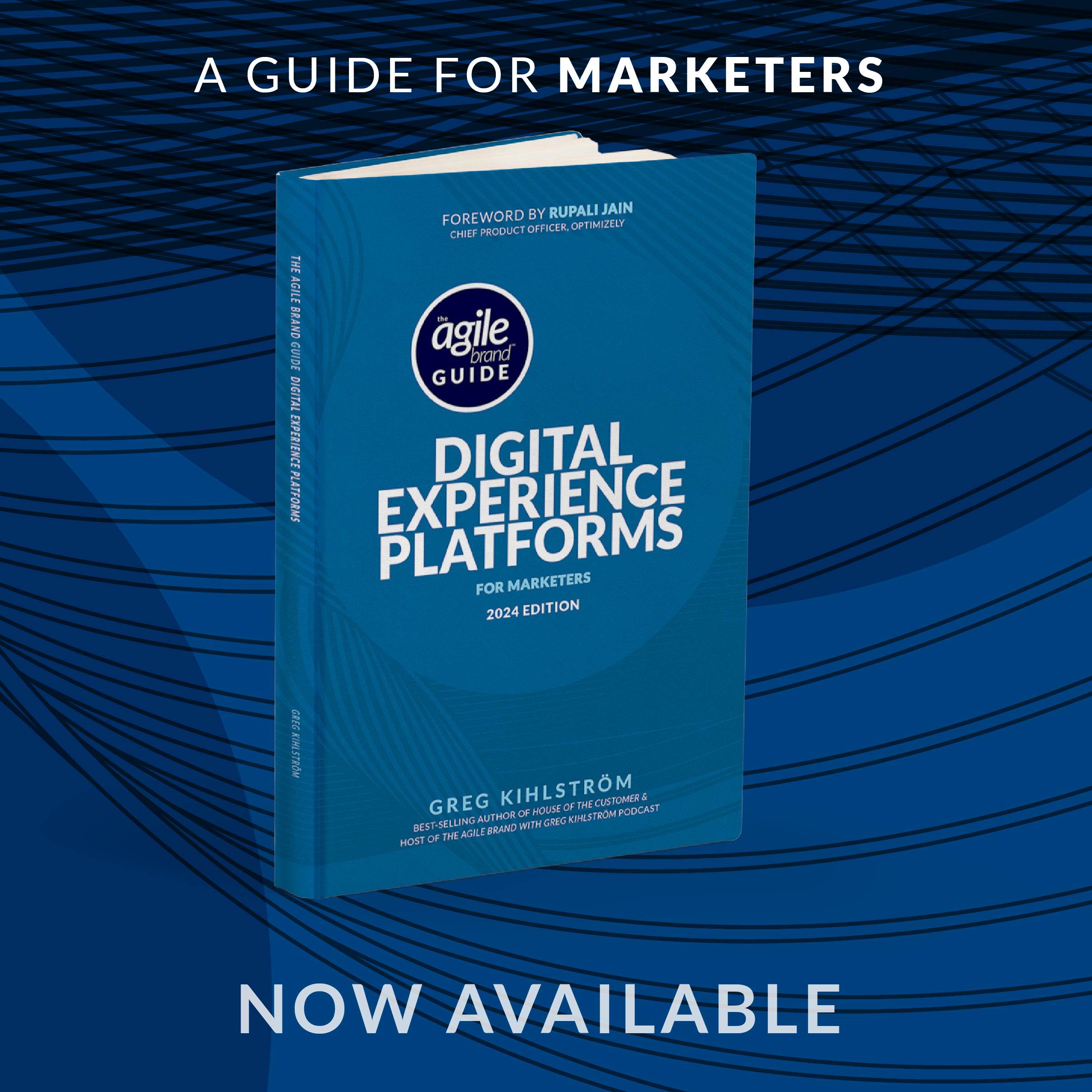This article was based on the interview with Katherine Lehman from Return Bear by Greg Kihlström, E-commerce keynote speaker for The Agile Brand with Greg Kihlström podcast. Listen to the original episode here:
With consumer expectations are higher than ever, the management of product returns has emerged as a critical factor in driving business success. Traditionally viewed as a cost center, returns can actually serve as a strategic advantage when approached with the right mindset and processes. Let’s explore the transformative potential of reverse logistics, focusing on how businesses can turn returns into opportunities for customer retention, operational efficiency, and environmental sustainability.
Understanding Reverse Logistics
At its core, reverse logistics encompasses all the processes involved in returning a product to its original point of sale or to a designated location for resale or disposal. This includes the Return Merchandise Authorization (RMA) process, the handling of returned items, and the final disposition of those products—whether they are restocked, liquidated, or recycled. The complexity of reverse logistics is often underestimated, yet it plays a pivotal role in shaping the customer experience and overall business performance.
Enhancing Customer Experience
One of the most significant advantages of a well-managed returns process is its impact on customer satisfaction and loyalty. In an era where consumers have numerous options at their fingertips, a seamless return experience can differentiate a brand from its competitors. As highlighted by Catherine Lehman, CMO of ReturnBear, a positive return experience fosters customer retention. When customers find the return process easy, efficient, and hassle-free, they are more likely to remain loyal to the brand, even after a return.
Conversely, a cumbersome return process can lead to negative experiences that sever the relationship between the customer and the brand. Companies that invest in creating a delightful return experience not only enhance customer satisfaction but also build a loyal customer base that is more likely to make repeat purchases.
Operational Efficiency and Cost Reduction
While returns can be costly, especially in cross-border transactions, they also present opportunities for operational efficiency. By streamlining the reverse logistics process, businesses can minimize the costs associated with returns. For instance, ReturnBear emphasizes the importance of quickly processing returns and reintegrating items back into inventory. This approach not only reduces the time a product spends out of stock but also mitigates the financial impact of returns by ensuring that items are available for resale as soon as possible.
Moreover, businesses can leverage data analytics to gain insights into return patterns, allowing them to identify and address the root causes of returns. By understanding why customers return products, companies can make informed decisions about product design, quality control, and inventory management, ultimately reducing the volume of returns and associated costs.
Environmental Sustainability
In addition to the benefits for customers and businesses, effective reverse logistics can also contribute to environmental sustainability. The fashion industry, for example, faces significant challenges related to waste and overproduction. By implementing efficient return processes, companies can reduce the carbon footprint associated with shipping products back and forth.
Moreover, brands that prioritize sustainability in their return processes—such as recycling returned items or donating them to charity—can enhance their corporate social responsibility profile. This not only appeals to environmentally conscious consumers but also positions the brand as a leader in sustainable practices, further strengthening customer loyalty.
The management of product returns is often viewed through a negative lens, focusing on the costs and logistical challenges they present. However, as discussed in the podcast with Catherine Lehman, returns can be reframed as a strategic advantage. By prioritizing the customer experience, enhancing operational efficiency, and embracing sustainability, businesses can transform returns from a necessary evil into a powerful tool for growth and differentiation in the competitive retail landscape. As the market continues to evolve, those companies that recognize and capitalize on the potential of reverse logistics will be well-positioned for success in the future.











